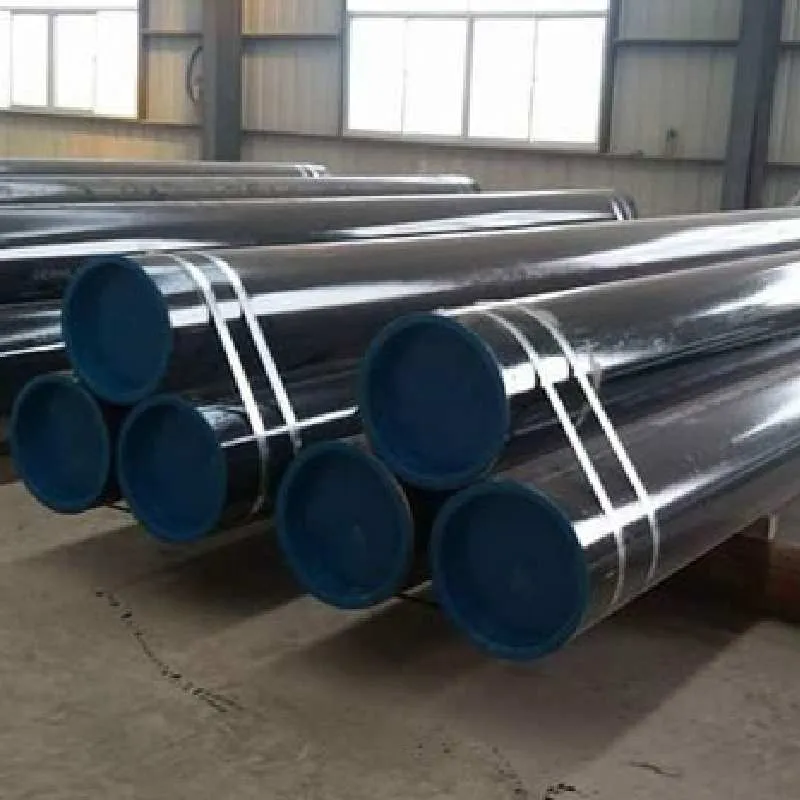-
Cangzhou Yulong Steel Co., Ltd.
-
Phone:
+86 13303177267 -
Email:
admin@ylsteelfittings.com
- English
- Arabic
- Italian
- Spanish
- Portuguese
- German
- kazakh
- Persian
- Greek
- French
- Russian
- Polish
- Thai
- Indonesian
- Vietnamese
- Zulu
- Korean
- Uzbek
- Hindi
- Serbian
- Malay
- Ukrainian
- Gujarati
- Haitian Creole
- hausa
- hawaiian
- Hebrew
- Miao
- Hungarian
- Icelandic
- igbo
- irish
- Japanese
- Javanese
- Kannada
- Khmer
- Rwandese
- Afrikaans
- Albanian
- Amharic
- Armenian
- Azerbaijani
- Basque
- Belarusian
- Bengali
- Bosnian
- Bulgarian
- Catalan
- Cebuano
- China
- China (Taiwan)
- Corsican
- Croatian
- Czech
- Danish
- Esperanto
- Estonian
- Finnish
- Frisian
- Galician
- Georgian
- Kurdish
- Kyrgyz
- Lao
- Latin
- Latvian
- Lithuanian
- Luxembourgish
- Macedonian
- Malgashi
- Malayalam
- Maltese
- Maori
- Marathi
- Mongolian
- Myanmar
- Nepali
- Norwegian
- Norwegian
- Occitan
- Pashto
- Dutch
- Punjabi
- Romanian
- Samoan
- Scottish Gaelic
- Sesotho
- Shona
- Sindhi
- Sinhala
- Slovak
- Slovenian
- Somali
- Sundanese
- Swahili
- Swedish
- Tagalog
- Tajik
- Tamil
- Tatar
- Telugu
- Turkish
- Turkmen
- Urdu
- Uighur
- Welsh
- Bantu
- Yiddish
- Yoruba

nov. . 03, 2024 03:48 Back to list
blank flange plumbing
Understanding Blank Flange in Plumbing Systems
In plumbing systems, the blank flange plays a crucial role in maintaining the integrity and efficiency of various piping configurations. A blank flange, also known as a blind flange, is a solid disk with holes that allow for bolting to a matching flange on a pipe. It serves as a closure for the end of piping systems, stopping the flow of fluids and providing a means to secure the pipes, thus ensuring a leak-free connection.
Applications of Blank Flanges
Blank flanges are often used in situations where it is necessary to temporarily seal off a pipe or when a connection is not yet required. For example, during construction or renovation projects, pipes can be left incomplete for future connections, and using a blank flange helps to stop any unwanted leaks during this phase. They are especially beneficial in high-pressure environments where maintaining pressure integrity is vital.
In wastewater treatment and industrial applications, blank flanges are frequently employed to isolate sections of piping for maintenance and inspections. This isolation is critical for ensuring that maintenance can be performed safely, without disrupting the entire system. By installing blank flanges, technicians can work on specific sections while preventing backflow or cross-contamination from other areas of the system.
Material Considerations
blank flange plumbing

The choice of material for blank flanges is important as it directly impacts their performance and durability. Common materials used include carbon steel, stainless steel, and ductile iron. Stainless steel, for example, is often preferred in corrosive environments, such as in chemical processing or marine applications, due to its high resistance to corrosion and rust. On the other hand, carbon steel is typically used in less abrasive conditions, making it a cost-effective choice for many plumbing applications.
Installation and Maintenance
Installing a blank flange requires careful attention to detail to ensure a tight seal. Proper gaskets must be used to prevent leaks, and the flange should be aligned correctly to avoid any undue stress on the bolts. Regular inspection and maintenance are equally important to check for wear and tear, especially in high-stress applications. Over time, flanges can be subject to corrosion or fatigue, making it essential for facility managers to have a routine maintenance schedule in place.
Conclusion
In summary, blank flanges are vital components in plumbing systems that provide solutions for sealing pipes and facilitating maintenance. Their versatility and utility make them essential in various industries, including construction, wastewater management, and manufacturing. Choosing the right material and ensuring proper installation can extend the lifespan and reliability of blank flanges, ultimately contributing to the efficiency and safety of plumbing systems. Understanding their role and applications clarifies why they are indispensable in modern plumbing practices.
Latest news
-
ANSI 150P SS304 SO FLANGE
NewsFeb.14,2025
-
ASTM A333GR6 STEEL PIPE
NewsJan.20,2025
-
ANSI B16.5 WELDING NECK FLANGE
NewsJan.15,2026
-
ANSI B16.5 SLIP-ON FLANGE
NewsApr.19,2024
-
SABS 1123 FLANGE
NewsJan.15,2025
-
DIN86044 PLATE FLANGE
NewsApr.19,2024
-
DIN2527 BLIND FLANGE
NewsApr.12,2024
-
JIS B2311 Butt-Welding Fittings LR/SR 45°/90° /180°Seamless/Weld
NewsApr.23,2024











